
views
Symptoms of Not Enough Return Air

Fluctuating air temperature If parts of your home are hotter or colder than others, this is one of the first indicators of insufficient airflow. In many cases, rooms closest to the HVAC unit will experience the most airflow, while rooms further away will have less. It can be as much as a ten-degree difference, depending on the size of your house. A simple way to check airflow production is by licking your finger and placing it close to the return air vent. If you hardly feel airflow against your finger, there’s not enough.

Differing air pressure Think about being on an airplane or driving up to a high altitude; the difference can make your ears pop, right? While it may not be as drastic, something similar can happen when you step into a room closest to the HVAC unit versus a room farther away. Low airflow can make your ears hurt in one room compared to another. Use a barometer to measure the pressure in the kitchen, living room, bedroom, and other rooms in the house. If you notice different pressure measurements throughout the house, this is a sign there’s not enough return air.
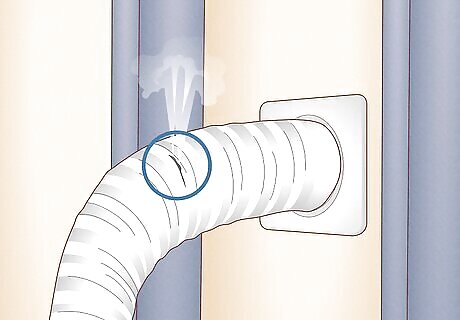
Leaking air ducts Generally, homes lose approximately 20% to 30% of the air due to leaks, holes, or poor connections. This can cause more strain on the HVAC system. Look for humming noises, a drastic increase in utility bills, or warm air to identify a leak.

Poor indoor air quality Do you sneeze, feel stuffy, or uncomfortable? A clogged, dirty, or underperforming HVAC system can increase indoor pollutant levels because it’s unable to bring in enough outdoor air to dilute emissions from inside the home. Similarly, fluctuating temperatures—especially high temperatures—can multiply certain pollutants.
How to Improve Air Return Flow
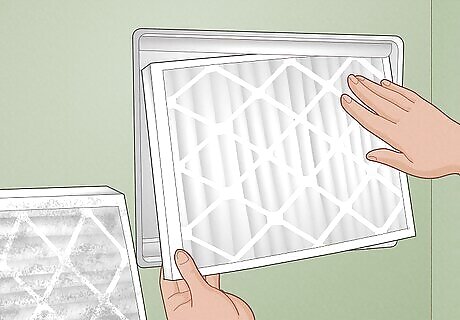
Replace dirty or clogged air filters. Locate the HVAC system in the basement or attic of your home. The air filter is between the return duct and the air handler. Simply pull the dirty filter out carefully and replace it with a new, clean filter to allow air to flow without obstruction and improve indoor air quality. Use the make and model of your HVAC system to identify the kind of air filter you’ll need.
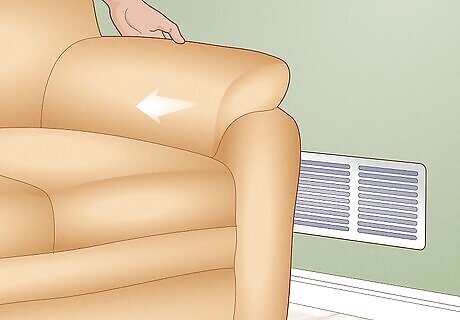
Move obstructions blocking the return air vents. A simple way to improve airflow is by ensuring any furniture, curtains, or other objects aren’t blocking the vents. If your bed is against the wall, move it over a few inches to allow air to flow properly. Use a duster to remove any debris clinging to the vent plate.

Seal ductwork cracks, seams, and joints with duct mastic or foil tape. For leakages less than ⁄4 inch (0.64 cm), cut a large piece of heat-approved tape like mastic or foil tape. Look for holes or sections that should be joined but have separated in the ducts, and apply the tape over these surfaces to repair any leaks. Contact a professional to inspect and repair your duct system for larger leaks or gaps. Repairs can cost anywhere from $175 to $2,000, depending on the severity of the issue.

Add return ducts to rooms that don’t have one. To balance out the air pressure in your home, install a transfer grille or a jumper duct in rooms that don’t have sufficient airflow. Measure the length and width of the duct to the wall or ceiling. Use a hand saw or a similar tool to carve out the duct measurement. Then, screw the grille in place. Use a transfer grille to transfer air from one room to another without opening the door. These are typically placed on either side of a wall and require no ducts. A jumper duct is a short insulated flex duct installed in the attic and attached to the ceiling to provide a return air path between two areas. They’re also known as crossover ducts.
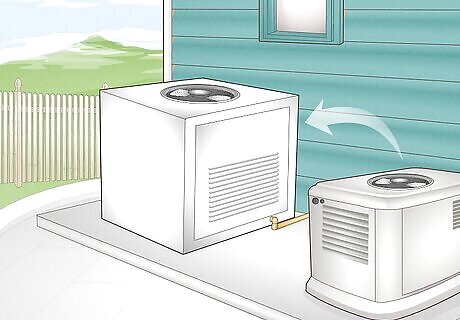
Resize undersized ducts or HVAC systems. Whether your return air duct or HVAC system is undersized, neither is ideal. While a smaller system may seem like you’re saving cash, you’re spending more in the long run on utility costs. A small HVAC system forces the unit to work harder and longer and may become more prone to overheating. Call a professional to install a new HVAC system or resize your ducts. An HVAC system replacement can cost between $5,000 to $12,500. On the other hand, resizing ducts can cost $10 to $40 per linear foot. Similarly, small ducts can make the system feel like it’s struggling to “breathe” since the HVAC unit needs to inhale air through the supply vents and exhale it through the return vents.
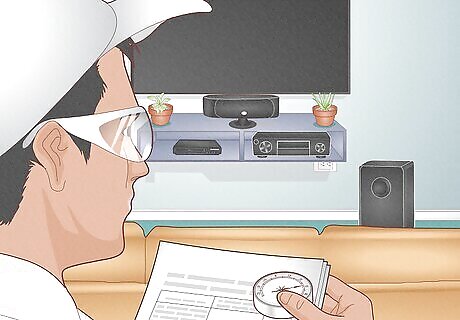
Seek assistance from an HVAC professional. There are two kinds of central return duct systems: one with a single return vent and one with multiple vents. With a single return vent, you’d have to leave all the doors in your home open to balance the air pressure. However, suppose you value privacy when living with others. In that case, you may want to contact a professional who can perform a pressure balance test in your home and install new pathways for airflow. A single return vent is ideal for small spaces or for homes that don’t mind leaving their doors open all the time to keep air pressure balanced.
What is return air?
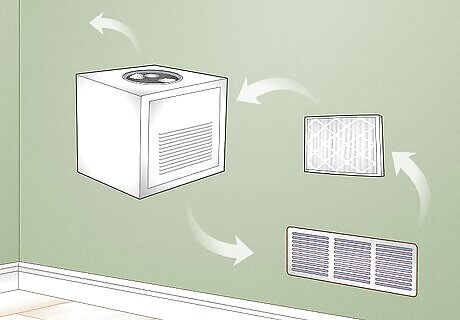
Return air goes back to the HVAC after it’s been cooled or heated. Return air is circulated from the supply air in the ducts and then transferred to individual rooms throughout the house. This air is filtered, recycled, or removed from the home to maintain appropriate indoor air quality.
What is the difference between supply air and return air?
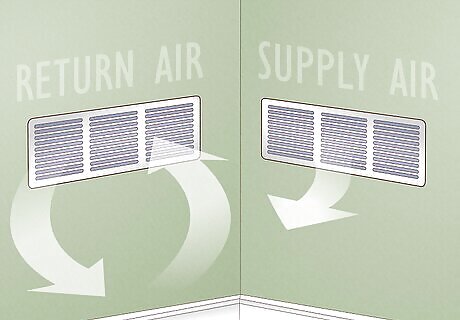
Return vents send air back, while supply vents blow the air in. Return vents take air and send it back to the HVAC system for cooling or heating. It also removes extra air that contributes to a space’s air pressure. Once the air is filtered and at the desired temperature, it travels through the supply vents into each room.










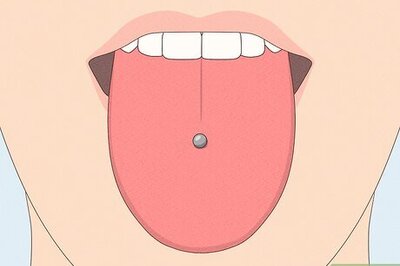









Comments
0 comment